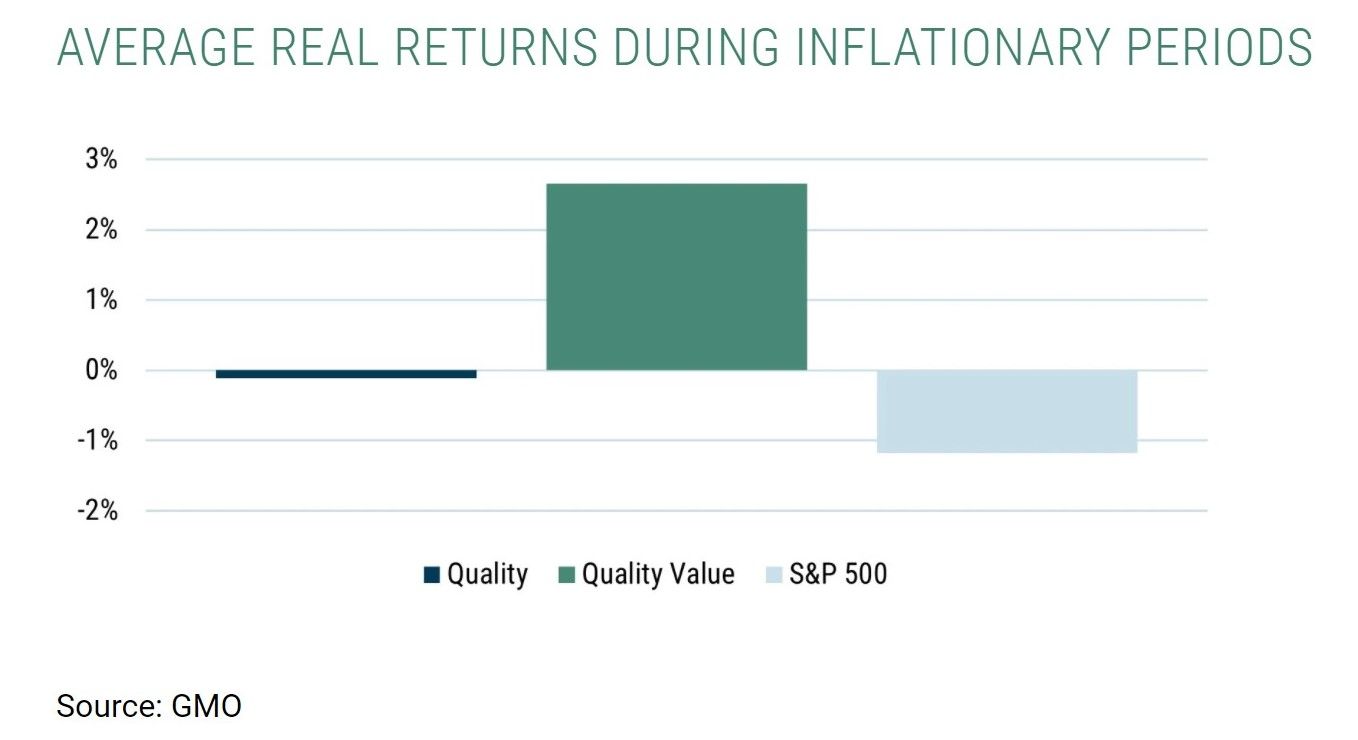Inflation-proof 🛡️investing

Yes, I know it's everywhere, you feel it, I feel it, prices are rising all over the world, and it makes many headlines. US consumer price index (how you measure inflation) literally jumped in April and kept growing in May. But why are rising prices so crucial to investors, and should you, I, us, worry about stock market exposure?
Is Inflation Bad for the Stock Market?
The higher the inflation, the higher the probability for the FED to increase interest rates. Why? Because it is the most basic and essential tool it has to comply with its objective to "achieve inflation that averages 2 percent over time". We are now at 5% inflation in the US, which means interest rates will have to increase sooner than later (see why here). Indeed, when the FED announced last week that they expected interest rate to rise in 2022, sooner than most expected, the DOW plummeted.
This is bad because stock prices are usually modeled based on future performance (ex: discounted cash flow model). As these models look several years ahead, it also accounts for the opportunity cost of how your money would yield if invested elsewhere (aka the "discount rate"). When interest rates are low, the opportunity cost of investing outside of the stock market is also low (very low yields); pushing stock prices higher. On the contrary, when the interest rates go up, so does the discount rate, which pushes the stock prices lower.
"Interest rates are like gravity; when it is low everything flies higher". Warren Buffet.
How to protect your portfolios from inflation
The usual suspects for hedging against inflation are gold and oil, but I won't consider it an option as I believe in impact investing, and neither gold nor oil helps provide a better future.
If you have no exposure to real estate, now may be a good time to start. But for long-term stock investors like me, what should we do about our portfolio?
High margin businesses: high margin companies' exposure to cost inflation is lower per unit of revenues than for the market. Suppose we assume that cost increases are greater than revenue increases. In that case, these companies' margins are less at risk than the average.
Strong moat businesses: High moat businesses that have entrenched advantages such as network effects, brand equity, patents etc. have more pricing power, hence have greater capacity to raise their product prices to match their cost increase.
Asset light businesses: Physical asset upkeep implies some degree of vulnerability to commodity prices, whereas intangible assets are less immediately susceptible. While most intangible assets require reinvestment, the majority of that reinvestment is intangible in the form of technology, intellectual property, and brand equity investments. These are provided disproportionately by human capital, but employees are not at the sharp end of household inflation and that any wage/inflation relationship is less mechanical in character.
Low debt businesses: debt gets more expensive as interest rates increase, which lowers profit. Business that have none or very low level of debts are less at risk.
Fairly-priced businesses: stretched valuations are seen as more vulnerable to inflationary pressures as "gravity" makes them fall harder.
These are some of the most essential characteristics of quality companies, both in terms of the framework we use at The Rookie Investor and the renowned asset management firm GMO. GMO looked at how their quality companies fared compared to the broader market during high inflation periods of the last 100 years, and here are the results.

Based on a century of empirical evidence and some underlying logic, I am confident the Rookie Investor framework is still the way to go for my long-term investing objectives, whether more inflation is to come or not. I built this stock scoring system based on growth-oriented factors, such as network effect, and more value-oriented factors, such as 10 years profits resilience, return on invested capital, and operating margin. Last but certainly not least, this scorecard leverages smart money movements, such as Hedge Funds and Insiders buying. In the past, that framework made me buy Life Storage, Jack Henry, OLED, Nvidia and others. All the recommendations based on this scorecard have yielded 2.5 percentage points more than the S&P500 since inception.
The Rookie investor conducts this kind of scoring every day for a shortlist of 200 promising stocks. If you want to find the score for other stocks just search here.
Have feedback on this article? Concerned about the content? Get in touch with us directly.